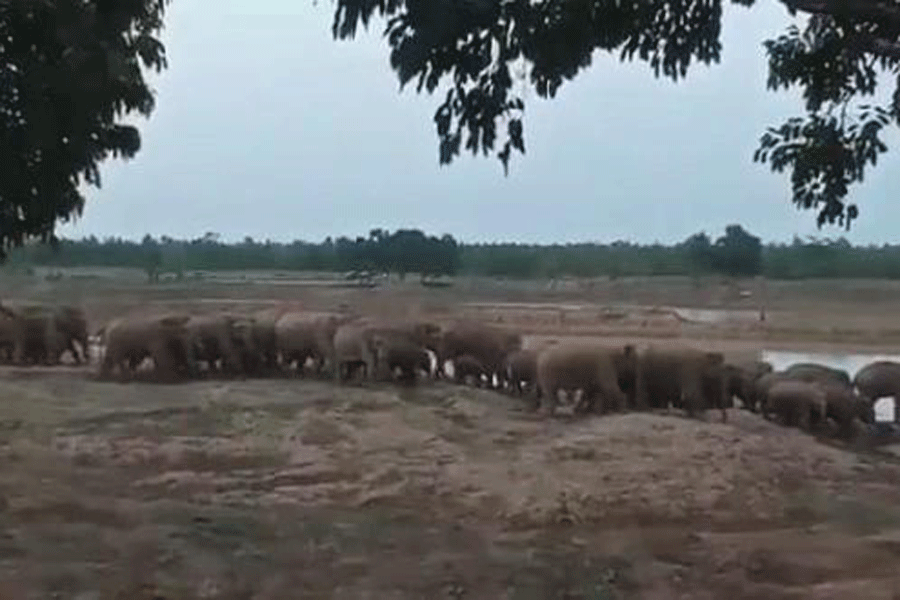Jharkhand which ranks highest in the country in terms of human casualty in man-elephant conflict has 17 identified elephant corridors.
Chief wildlife warden, Jharkhand, Kulwant Singh said that this was the first instance when the Wildlife Institute of India (an autonomous body of ministry of environment and forest) had identified the elephant corridors (a strip of land that enables elephant movement between two or more friendly habitats) after authentication and ground validation methods from different states.
“Earlier exercise was conducted in Wildlife Trust of India (a nature conservation organisation) but this has been conducted by the Union ministry with proper ground validation methods in each of the states and hence more authentic. In Jharkhand there are 17 elephant corridors identified in the report (Elephant Corridors of India 2023) which was submitted to the Centre and the state in August,” said Singh.
In 2005, the Wildlife Trust of India and Asian Nature Conservation identified 88 elephant corridors across the country. However, in the latest report the total number of such corridors has gone up to 150, an addition of 62 new corridors. Bengal leads the states with 26 corridors.
“We have received the identified corridor inventory and steps will be taken to render these corridors inviolable. These corridors will now be marked to ensure uninterrupted operation so that elephant herds do not deviate from their paths, the corridor will be maintained free of non-forest land and private land obstructions, and sufficient food resources for elephants will be made available,” said a senior forest official in Jharkhand.
“A meeting of states with identified elephant corridors was conducted by the Union ministry in Delhi and we (Jharkhand) were asked to coordinate with neighbouring states of Bengal, Odisha, Chhattisgarh and Bihar and form a regional action plan to ensure elephant corridors are not obstructed and minimise man-elephant conflict,” informed Kulwant Singh.










